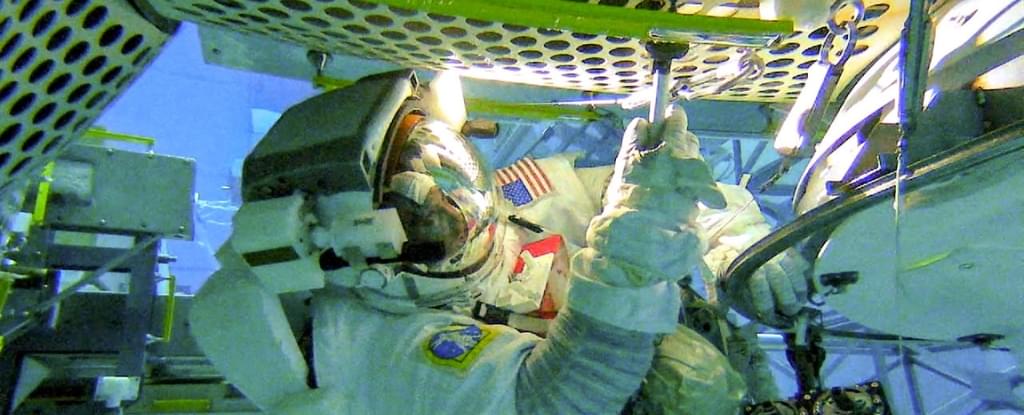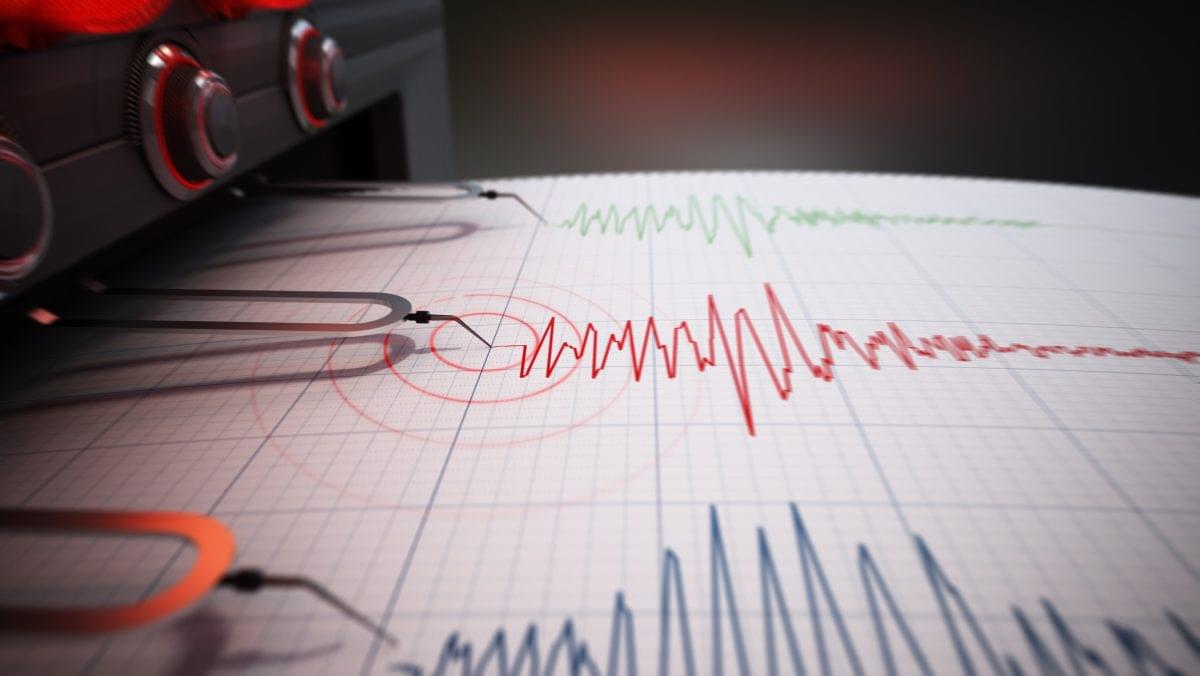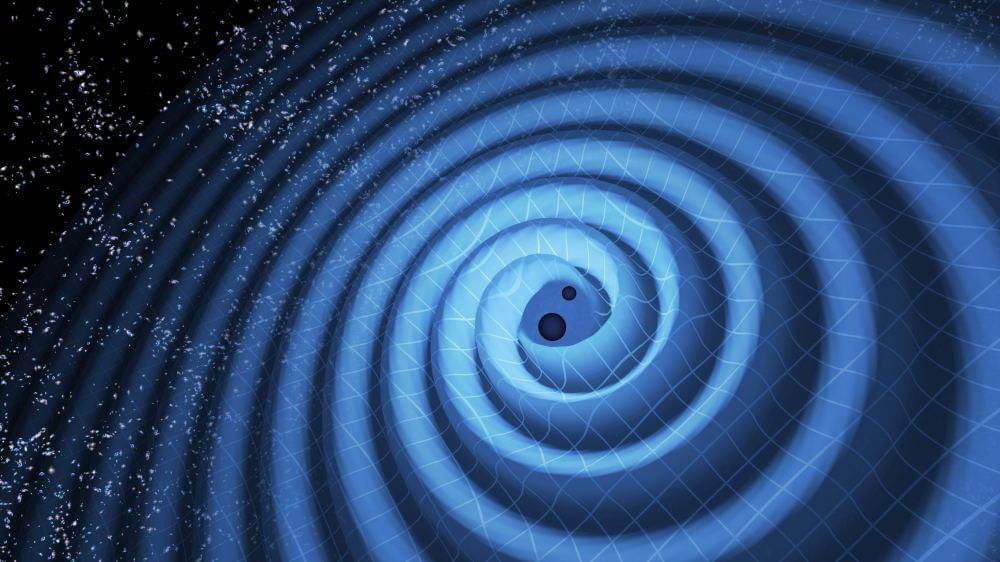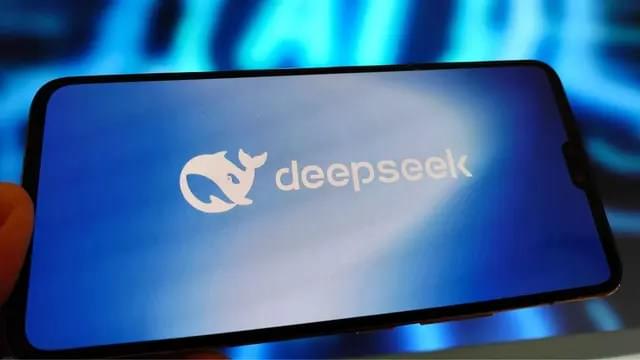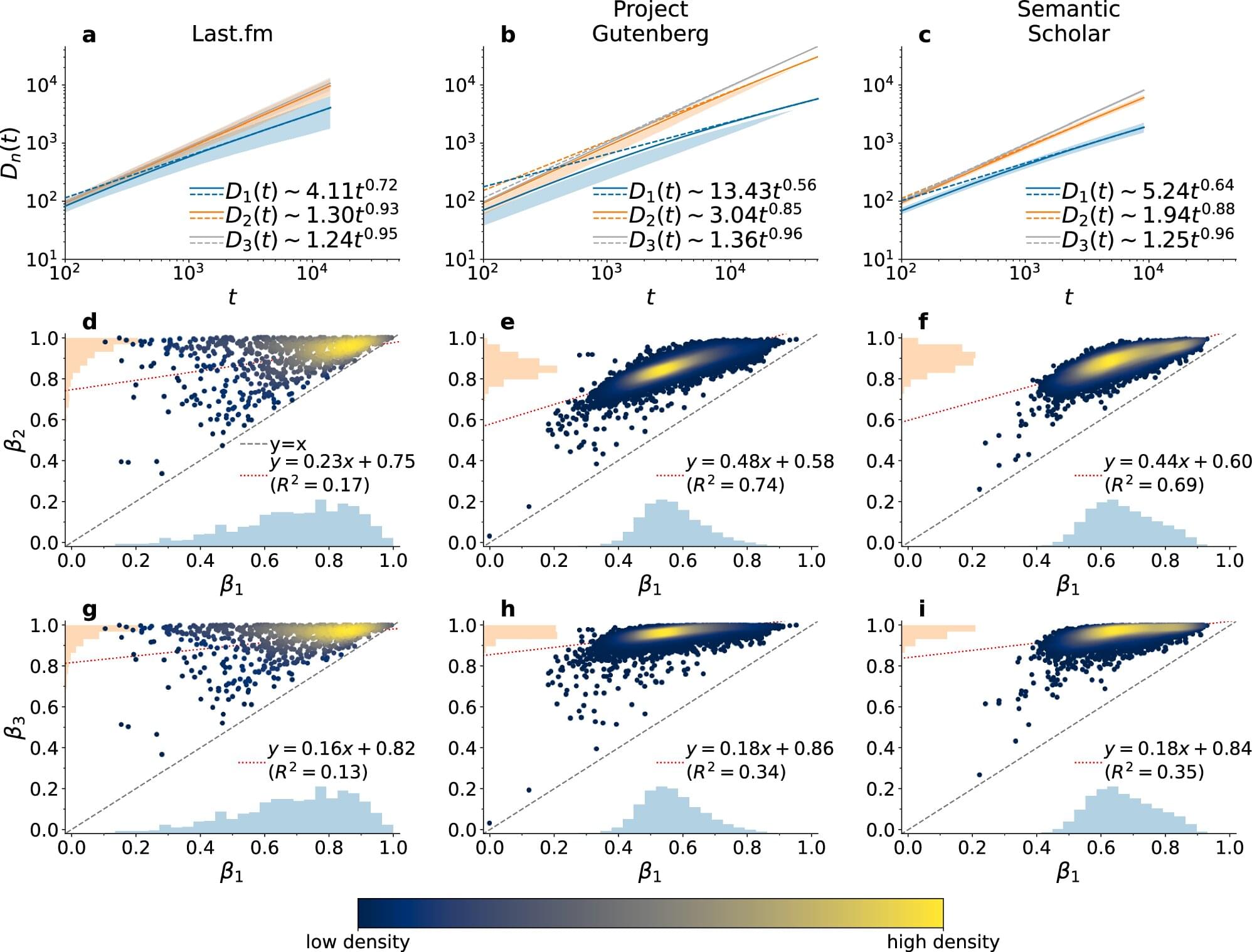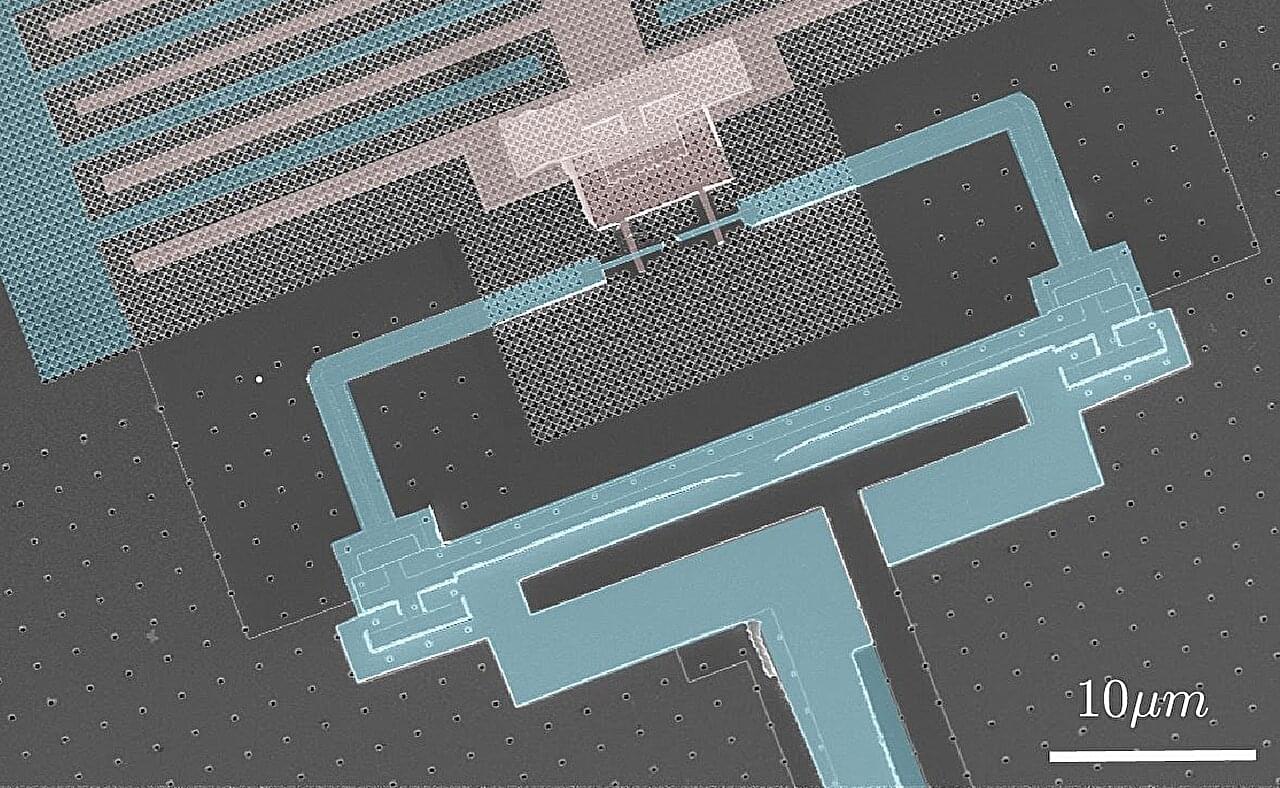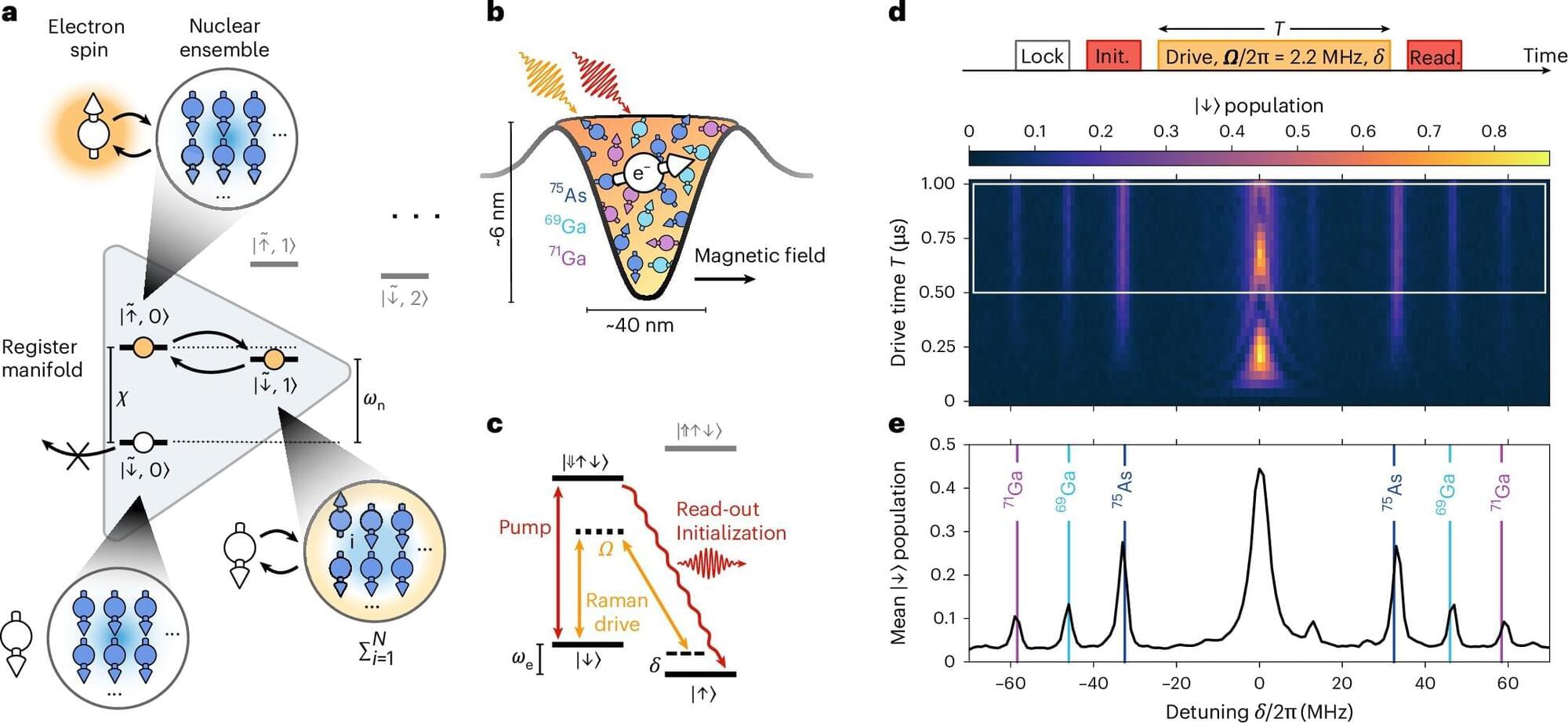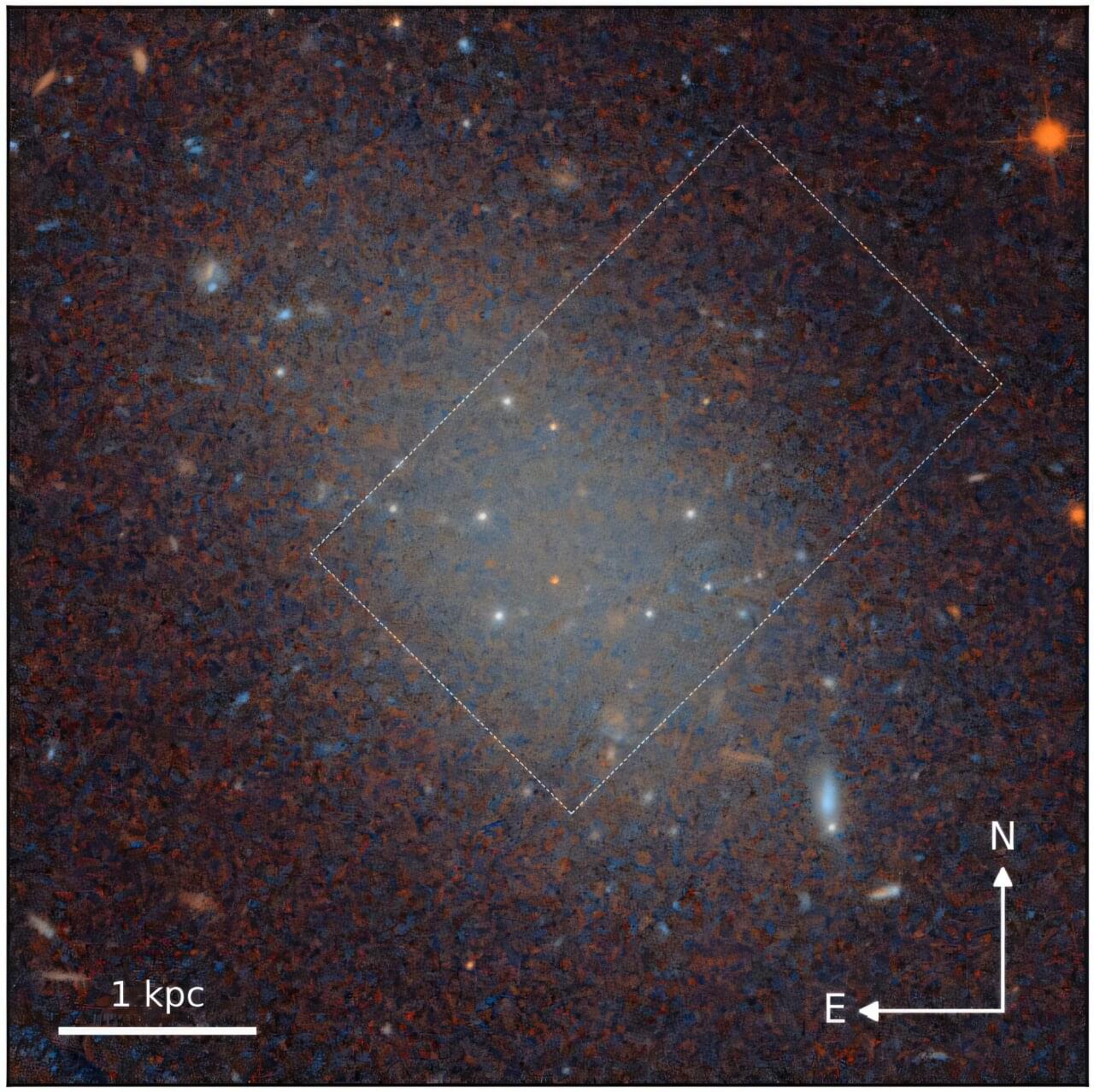A cybersecurity company says hackers are pushing Mac and Windows malware through sites that are using outdated versions of WordPress.
On Thursday January 30th, astronauts Suni Williams and Butch Wilmore are doing a 6.5-hour spacewalk outside the International Space Station. Among other goals, they’ll be collecting surface samples from the station to analyze for the presence of microbes.
The ISS “surface swab” is part of the ISS External Microorganisms project. It was developed to understand how microorganisms are transported by crew members to space. It also seeks to understand what happens to those “mini-critters” in the space environment.
NASA will provide live coverage of the walk which will also conduct some other maintenance on the station along with the sampling activities.
Texans near San Antonio experienced a 4.5 earthquake on Wednesday night, according to the United States Geological Survey. (KXAN News)
The government agency’s data showed there were reports of some people in Central Texas feeling the effects of the earthquake.
When astronomers detected the first long-predicted gravitational waves in 2015, it opened a whole new window into the Universe. Before that, astronomy depended on observations of light in all its wavelengths.
We also use light to communicate, mostly radio waves. Could we use gravitational waves to communicate?
The idea is intriguing, though beyond our capabilities right now. Still, there’s value in exploring the hypothetical, as the future has a way of arriving sooner than we sometimes think.
Link :
Researchers have developed a new electrically active biomaterial that can be transplanted into the body to improve recovery following central nervous system injuries. The material acts as a scaffold that also provides electrical stimulation.
Explore DeepSeek from all angles: Privacy, market impact, and battle with ChatGPT.
Discover DeepSeek’s foundation, its disruption in AI tech, explore the privacy issues, and see how it compares to giants like ChatGPT.
A new study in Nature Communications explores the dynamics of higher-order novelties, identifying fascinating patterns in how we combine existing elements to create novelty, potentially reshaping our understanding of human creativity and innovation.
Novelties—a common part of human life—refer to one of two things. The first is the discovery of a single item, like a place, song, or an artist. The second covers discoveries new to everyone, such as technological developments or drug discoveries.
The researchers in this study aimed to understand how both kinds of novelties emerge. The team was led by Prof. Vito Latora from the Queen Mary University of London, who spoke to Phys.org about the work.
Quantum computers have the potential of outperforming classical computers on some optimization and computational tasks. Compared to classical systems, however, quantum systems are more prone to errors, as they are more sensitive to noise and prone to so-called decoherence.
Decoherence is a process via which a quantum system loses its quantum properties due to interactions with its surrounding environment, causing a loss of quantum information and errors. This loss of coherence can be caused by a range of external disturbances, including material defects, temperature fluctuations and electromagnetic fields.
In recent years, physicists and engineers worldwide have been trying to devise effective methods to reduce decoherence and thus improve the reliability of quantum computers. The sources of decoherence in solid-state systems include so-called two-level systems (TLSs), which are a class of material defects that arise from the random switching between two energy states, which can disrupt the stability of qubits.
In an advance for quantum technologies, researchers at the Cavendish Laboratory, University of Cambridge, have created a functional quantum register using the atoms inside a semiconductor quantum dot.
Published in Nature Physics, the work demonstrates the introduction of a new type of optically connected qubits—a critical advance in the development of quantum networks, where stable, scalable, and versatile quantum nodes are essential.
Quantum dots are nanoscale objects with unique optical and electronic properties that come from quantum mechanical effects. These systems are already used in technologies like display screens and medical imaging, and their adoption in quantum communication has been mostly due to their ability to operate as bright single-photon sources.
Using the Hubble Space Telescope (HST), astronomers from the University of California Santa Cruz (UCSC) and elsewhere have observed an ultra-diffuse galaxy known as FCC 224. Results of the observational campaign, published Jan. 18 on the arXiv pre-print server, provide important insights into the properties of this galaxy and its globular cluster system.
Globular clusters (GCs) are collections of tightly bound stars orbiting galaxies. Astronomers perceive them as natural laboratories enabling studies on the evolution of stars and galaxies. In particular, GCs could help researchers to better understand the formation history and evolution of early-type galaxies, as the origin of GCs seems to be closely linked to periods of intense star formation.
Located some 65 million light years away in the Fornax galaxy cluster, FCC 224 is a quiescent ultra-diffuse galaxy about 10 billion years old. It has a major axis effective radius of approximately 6,160 light years and its mass is estimated to be at a level of 200 million solar masses.

